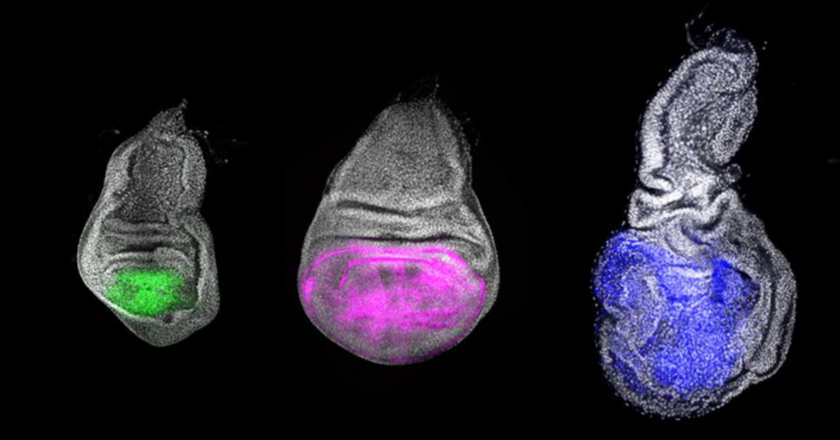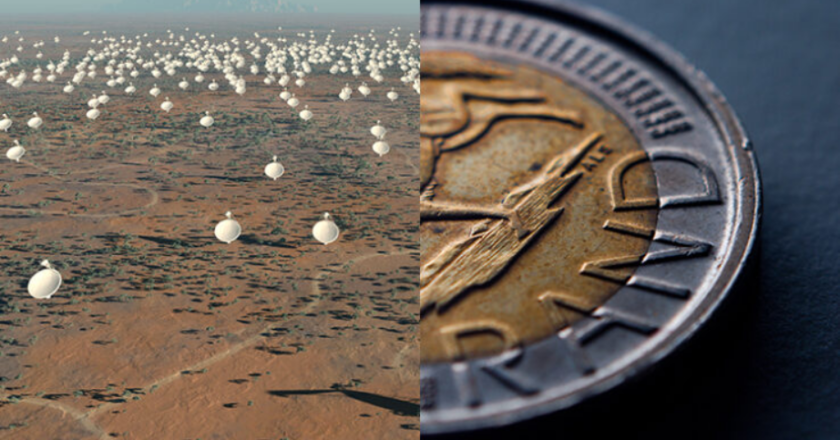Presenting Chinmo, the Youthfulness Gene 2023
The Chimno gene, which establishes the juvenile stage in insects and humans, may be involved in cancer. The Institute for Evolutionary Biology and IRB Barcelona found that the Br-C and E93 genes regulate insect maturity and promote and prevent carcinogenic processes in humans. Insects' conserved genes may have contributed to metamorphosis. In Drosophila, deleting the Chinmo gene prevented juvenile growth.
Geneticists discovered the Chinmo gene, which controls insect juvenile development, in a revolutionary finding. The gene is also found in animals and may be involved in cancer.
The work, published on eLife by the Institute for Evolutionary Biology (IBE, CSIC-UPF) and IRB Barcelona, illuminates how genes like Br-C and E93 regulate insect development. Human genes induce and repress c...










